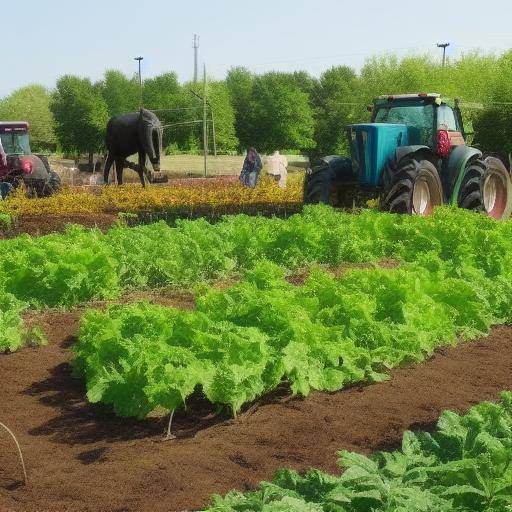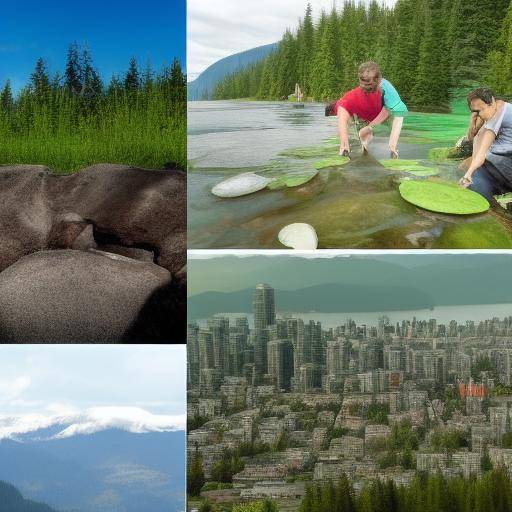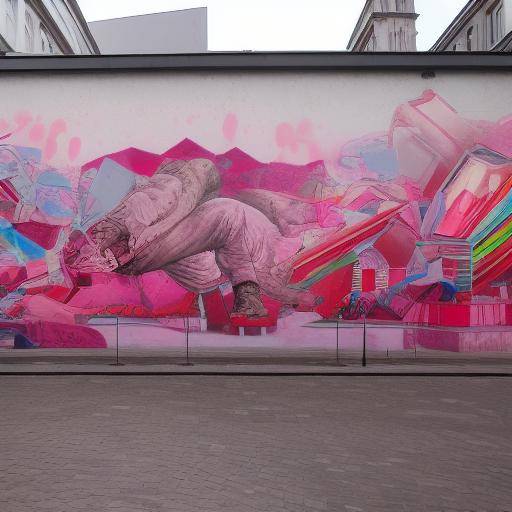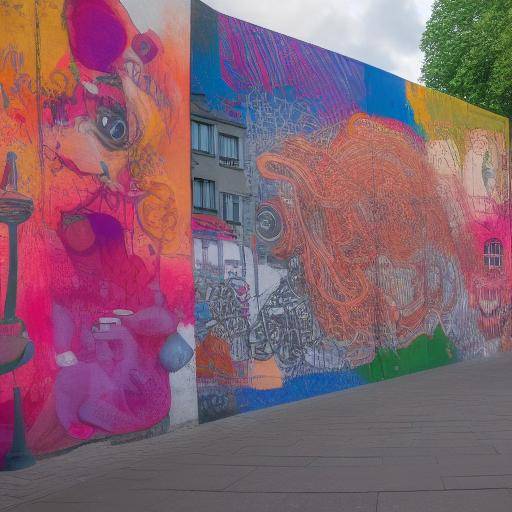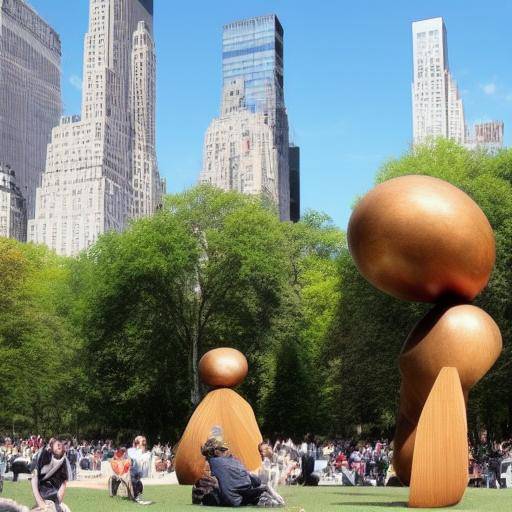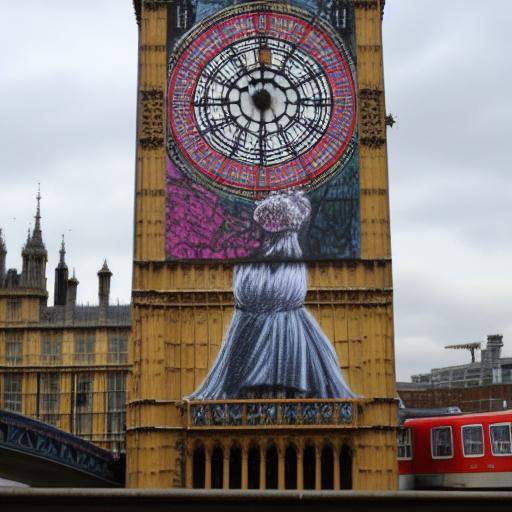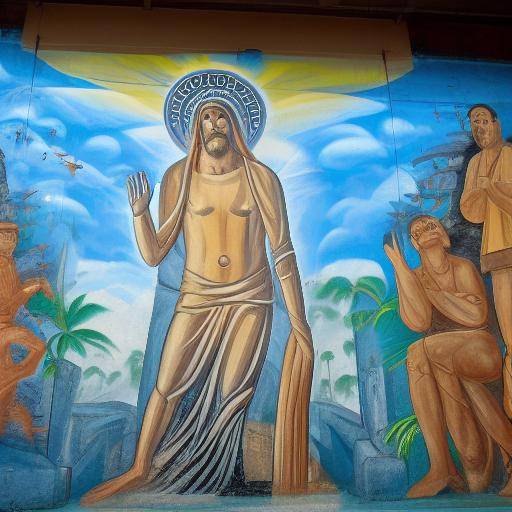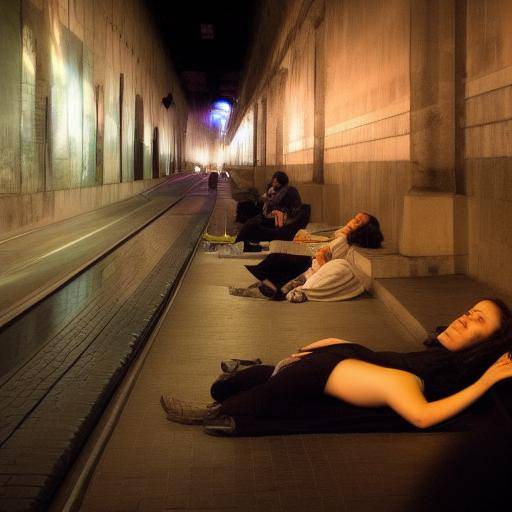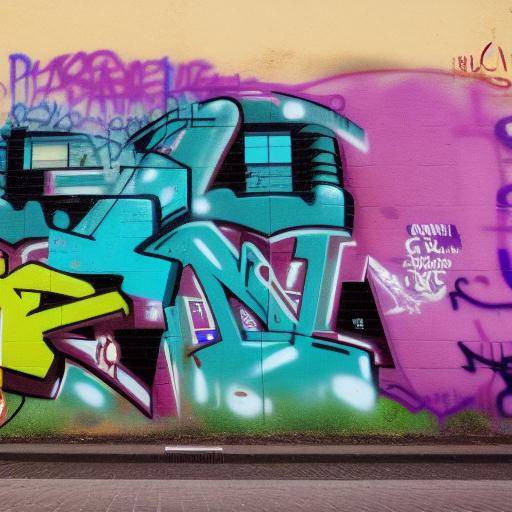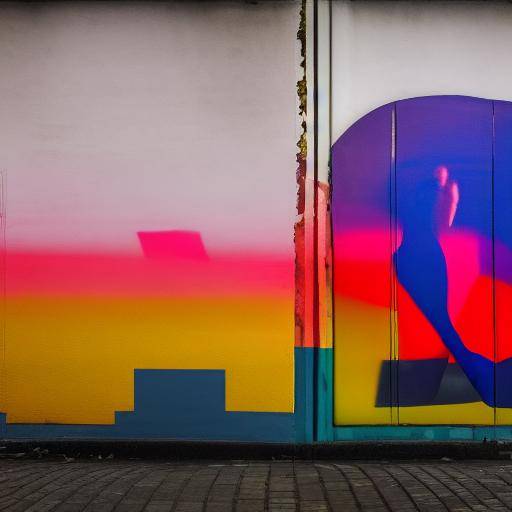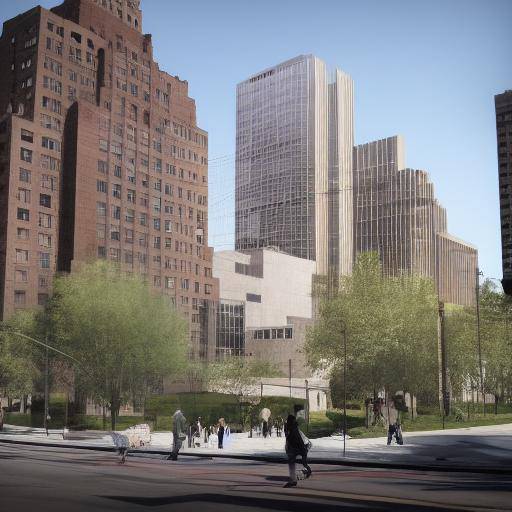
The rebirth of a city can be driven by a series of urban renovation projects that not only transform its physical landscape, but also the spirit of its community. Detroit, once an epicenter of the automotive industry, has experienced a remarkable revitalization through a series of innovative projects that have redefined its urban identity. In this article, we will explore five exciting urban renovation projects in Detroit that are inspiring hope and triggering a rebirth in this iconic city. From urban art to vertical farms and creative spaces, we will discover how these initiatives are transforming the image and quality of life in Detroit.
Urban Art in Detroit: A Renaissance Through Creativity
Urban art has come to play a significant role in the cooling of Detroit. For decades, murals on the streets have served as a testimony of creativity and expression in the midst of deindustrialization and urban decline. Today, urban art has evolved to become a revitalizing force that attracts local and international artists to translate their visions into the walls of the city. These murals not only embellish the urban landscape, but also transmit powerful messages of inclusion, hope and resilience.
History and Background of Urban Art in Detroit
Urban art has been present in Detroit for decades, with roots that go back to social protest movements and artistic expression in marginalized communities. As the city faced economic and social difficulties, graffiti and street art became forms of expression for those who wanted to be heard. Since then, urban art has evolved, attracting renowned artists and making Detroit a destination for street art lovers.
Analysis of the Impact of Urban Art in Detroit
The impact of urban art in Detroit goes beyond the artistic sphere. The murals have contributed to the revitalization of entire neighborhoods, attracting tourism and generating a sense of community pride. Furthermore, urban art has served as a platform for addressing social issues and promoting cultural diversity. Through shocking visual works, urban artists have managed to awaken meaningful conversations on issues such as racial equity, social justice and urban identity.
Comprehensive Review of Applications and Best Practices of Urban Art
Urban art in Detroit has inspired community initiatives that foster citizen participation and social empowerment. Urban beautification projects, collaborative murals and street art festivals have proved to be effective instruments to strengthen social cohesion and give new life to underused urban spaces. Also, urban art has served as a catalyst for economic regeneration by attracting visitors and dynamizing commercial districts.
Practical Tips and Recommendations for the Integration of Urban Art in Urban Renovations
- Find collaborations with local artists for community urban art projects.
- Identify urban areas that would benefit from artistic interventions to boost revitalization.
- Incorporate thematic murals that reflect cultural diversity and the history of neighbourhoods.
Vertical Farms: Transforming Urban Agriculture in Detroit
Urban agriculture has acquired a new dimension in Detroit with the emergence of vertical farms, an innovative approach that incorporates agricultural production into vertical structures within urban environments. These farms have emerged as a sustainable solution to address food security, promote self-reliance and reduce the ecological footprint in a city that has experienced challenges in accessing fresh and healthy foods.
History and Background of the Vertical Farms in Detroit
Vertical farms have gained popularity in Detroit in response to the need for innovative solutions for food production in urban environments. The city, which once struggled with the lack of access to fresh and nutritious food, has witnessed a transformative change thanks to these farms that operate in reduced but highly efficient spaces.
Detailed Analysis of the Benefits and Challenges of Vertical Farms in Detroit
Vertical farms not only offer a sustainable source of fresh products, but also contribute to the food security of the city by shortening the distances between production and consumption. However, they face challenges in terms of initial investment, technical requirements and widespread acceptance. Despite this, its potential for revitalizing disadvantaged urban areas and promoting more sustainable agricultural practices is undeniable.
Full Review of Applications, Case Studies and Best Practices of Vertical Farms
The vertical farms in Detroit have demonstrated their ability to provide a constant supply of fresh food to urban communities, even in climate-defying environments. Its implementation has inspired new approaches to urban agriculture and has generated employment opportunities in related sectors. Success cases show how vertical farms can be integrated into urban development projects to create more sustainable and healthy neighborhoods.
Comparative Analysis of Urban Art, Vertical Farms and Creative Spaces in Detroit
While urban art adds aesthetic and cultural value to neighborhoods, vertical farms and creative spaces offer tangible benefits in terms of food security, environmental sustainability and entrepreneurship. Although their approaches are different, these projects converge in their transformative influence on urban life, showing that the revitalization of a city can be addressed from different complementary perspectives.
Practical Tips and Recommendations for Integrating Vertical Farms in Urban Renewal Projects
- Consider collaboration with local urban farming organizations to implement vertical farms.
- Identify abandoned buildings or unused infrastructure as potential spaces for the installation of vertical farms.
- Promote community education programmes on urban agriculture and sustainable food practices.
Creative Spaces: Promoting Innovation and Community Experience in Detroit
Creative spaces, including areas for cultural events, art centers and collaborative workshops, play a key role in urban regeneration in Detroit. These spaces not only offer opportunities for artistic expression and cultural exchange, but also stimulate economic growth and promote social cohesion in the city.
History and Background of Creative Spaces in Detroit
The rich industrial and cultural history of Detroit has provided the perfect setting for the emergence of creative spaces as urban change engines. As the city is reinvented, these places have emerged as epicenters of innovation, connecting artists, entrepreneurs and communities in an environment of collaboration and exploration.
Analysis in Deep Importance and Impact of Creative Spaces in Detroit
Creative spaces have positively impacted the social and economic fabric of Detroit by catalysing talent development, employment generation and attracting investment in creative sectors. In addition, they have helped to revitalize urban areas by turning them into leisure, culture and learning destinations. The presence of these spaces has fostered the formation of networks of collaboration and the exchange of ideas, strengthening the sense of identity and belonging in the community.
Comprehensive Review of Applications and Best Practices of Creative Spaces in Detroit
Creative spaces in Detroit have served as catalysts for innovation and cultural transformation in the city. The revitalization of historical buildings, the creation of artistic districts and the promotion of cultural events have sparked the creative scene and have generated a positive impact on the quality of urban life. These spaces not only offer enriching experiences, but also foster the entrepreneurial spirit and economic diversification.
Comparative Analysis of Urban Art, Vertical Farms and Creative Spaces in Detroit
While urban art embellishes the city and addresses social issues, vertical farms promote food sustainability, and creative spaces stimulate innovation and community cohesion. Although their approaches are different, each contributes in a unique and complementary way to the revitalization of Detroit, demonstrating that urban regeneration is an integral process that encompasses various dimensions of urban life.
Practical Tips and Recommendations to Power Creative Spaces in Detroit
- Establish programs of grants and economic support for the development of creative spaces.
- Promote intersectoral collaboration between artists, entrepreneurs and government entities to promote innovation and cultural diversity.
- Integrate creative spaces into urban development plans that promote neighborhood regeneration and the attraction of investors.
Conclusions and FAQs
Conclusions
Urban art projects, vertical farms and creative spaces in Detroit represent fundamental pillars in urban regeneration of the city. These initiatives have redefined the image of Detroit, driven its economy and strengthened the sense of community. By adopting a holistic approach that integrates artistic expression, food sustainability and innovation, Detroit has set an inspiring precedent for other cities in search of revitalization.
Frequently asked questions
1. How has urban art contributed to the transformation of Detroit?
Urban art has revitalized neighbourhoods, attracted tourism and channeled powerful messages of inclusion and resilience.
2. What are the key challenges facing vertical farms in Detroit?
Vertical farms face financial, technical and acceptance challenges that require support and diffusion strategies.
3. How have creative spaces generated economic impact in Detroit?
Creative spaces have stimulated employment creation, attracted investment in creative sectors and have fueled the local economy.
4. How can citizens participate in the urban art scene in Detroit?
Citizens may be involved through urban embellishment activities, collaborations with local artists and support for street art festivals.
5. What is the potential of vertical farms to improve food security in Detroit?
Vertical farms offer the opportunity to provide fresh and healthy food to urban communities, reducing dependence on outsourced food sources.
6. What measures can be taken to promote innovation and creativity in Detroit?
Promoting equitable access to creative spaces, fostering cross-sectoral collaboration and facilitating access to resources for artists and entrepreneurs are key steps to boost innovation and creativity in the city.
In conclusion, urban renovation projects in Detroit, including urban art, vertical farms and creative spaces, reflect a clear vision of the future for a constantly evolving city. These initiatives have not only transformed the physical appearance of Detroit, but have also nurtured a spirit of resilience, creativity and inclusion. By adopting a holistic approach covering cultural, social and economic aspects, these initiatives represent an inspiring model for urban renewal worldwide. With their ability to boost innovation, promote sustainability and strengthen social fabric, urban renovation projects in Detroit are making the way for a vibrant and hopeful future.
In considering the integration of urban art, vertical farms and creative spaces in urban regeneration, it is vital to recognize the positive impact these projects have on the quality of life of urban communities. The transformative potential of these initiatives goes beyond aesthetics and functionality; it encompasses the ability to inspire, unite and improve the lives of those living in dynamic urban environments.
With a balanced approach to cultural, economic and social aspects, these projects are not only redefining the image of Detroit, but they are also laying the foundation for a holistic and sustainable urban renewal model that can be replicated in other cities in search of revitalization. The rebirth of Detroit is a powerful testimony to the transforming power of art, innovation and sustainability in the configuration of the future of cities.
In short, Detroit has become a powerful laboratory of ideas and projects that not only transform its urban landscape, but also revitalize the spirit of its people. Through urban art, vertical farms and creative spaces, Detroit is rewriting its history, embracing diversity and fostering hope for generations to come. Urban rebirth in Detroit is a tangible reminder of the boundless potential of human creativity, sustainable innovation and community collaboration.

